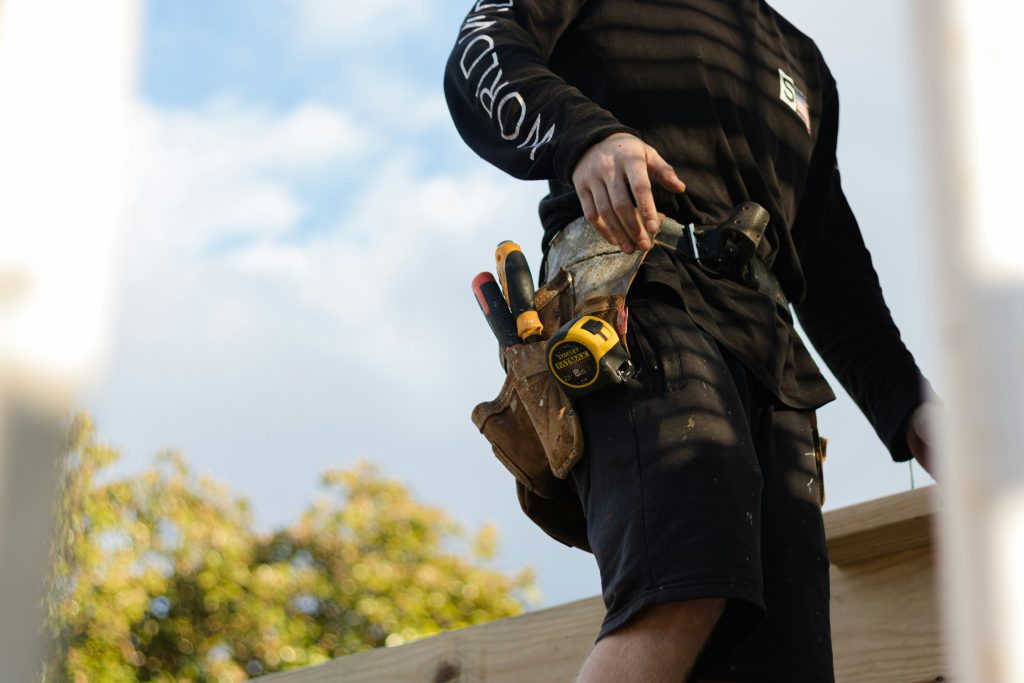Following the release of this year’s shortlist for Inspiring Women in Construction and Engineering Awards, new research has revealed the work needs to be done to achieve true female representation in skilled trades.
The awards ceremony is not only a platform to help women progress in their careers but also a catalyst to encourage more organisations to actively promote gender equality across the wide variety of roles in construction and engineering.
According to ONS figures, women currently account for a mere 2.36% of skilled trades workers in England and Wales.
To help address this issue, the experts at money.co.uk business insurance have analysed the data to reveal the rate of sex diversity in skilled trades:
| Female | Male | All | |||
| Sex | Total | % | Total | % | |
| Construction and building trades | 11,859 | 1.54% | 756,343 | 98.46% | 768,202 |
| Building finishing trades | 9,485 | 4.17% | 218,030 | 95.83% | 227,515 |
| Construction and building trades supervisors | 3,430 | 6.15% | 52,361 | 93.85% | 55,791 |
| Total skilled trade workers | 24,774 | 2.36% | 1,026,734 | 97.64% | 1,051,508 |
There are a total of 1,051,508 skilled workers in England and Wales. Of this, 1,026,734 are male, with just 24,774 females making up the remaining workforce.
This represents a vast 97.64% majority for males in skilled trades occupations, with females making up just 2.36%.
This male majority is highest in the construction and building trades, where males comprise 98.46% of the workforce.
Construction and building trades supervisors are somewhat more diverse in sex but they’re still dominated by males, who comprise 93.85% of the supervisor workforce in this sector.
Despite making up such a small proportion of this workforce currently, 1 in 4 women said they would consider becoming a tradesperson in a survey, which contrasts strongly with the industry’s low levels of female employment.
Historically, women have faced barriers in trade industries, including being discouraged from accessing training due to its traditionally masculine image.
However, initiatives and schemes have been implemented to address this issue and promote more women entering skilled trades, such as Empowered Women in Trades and Women in Manual Trades.
Kyle Eaton, money.co.uk business insurance expert, offers tips on how trade businesses can attract diverse talent: “Workplaces focusing on diversity have a range of experiences, opinions and beliefs that can benefit your business, improve morale and solve problems creatively. With this in mind, here are some pointers to attract diverse talent to your skilled trades business:
- Review your recruitment strategy: “The first step in attracting and hiring a diverse workforce and fostering inclusivity is evaluating how you appeal to applicants. Start by looking through job descriptions and identifying any language that could put off diverse applicants, including gendered language like ‘tradesman’.
- Focus on the positives: “Make sure to highlight the benefits of a career as a skilled tradesperson. As the skills gap keeps widening, working in a trade is in high demand, offering diverse recruits job satisfaction and a steady wage.
- Promote a supportive company culture: “When attracting diverse talent in skilled trades, workers want to feel respected, valued and safe. So, make sure to reinforce a supportive company culture. This can mean different things to different people. You could start with acknowledging and addressing a gender pay gap if it exists within your business. You could also provide opportunities for training and education.
- Encourage word-of-mouth referrals: “Ask your existing staff to use their networks to attract diverse talent. This means you can hire from a wider pool of potential recruits who might not think a skilled trades career could include them. You could encourage your employees to share a job vacancy with underrepresented groups within their networks to boost your referrals.
- Target diverse spaces: “Tailor your recruitment efforts to include places where underrepresented people are more likely to see them. Increasing your visibility in these areas shows you are committed to attracting diverse recruits and makes you a more attractive proposition for them.”


